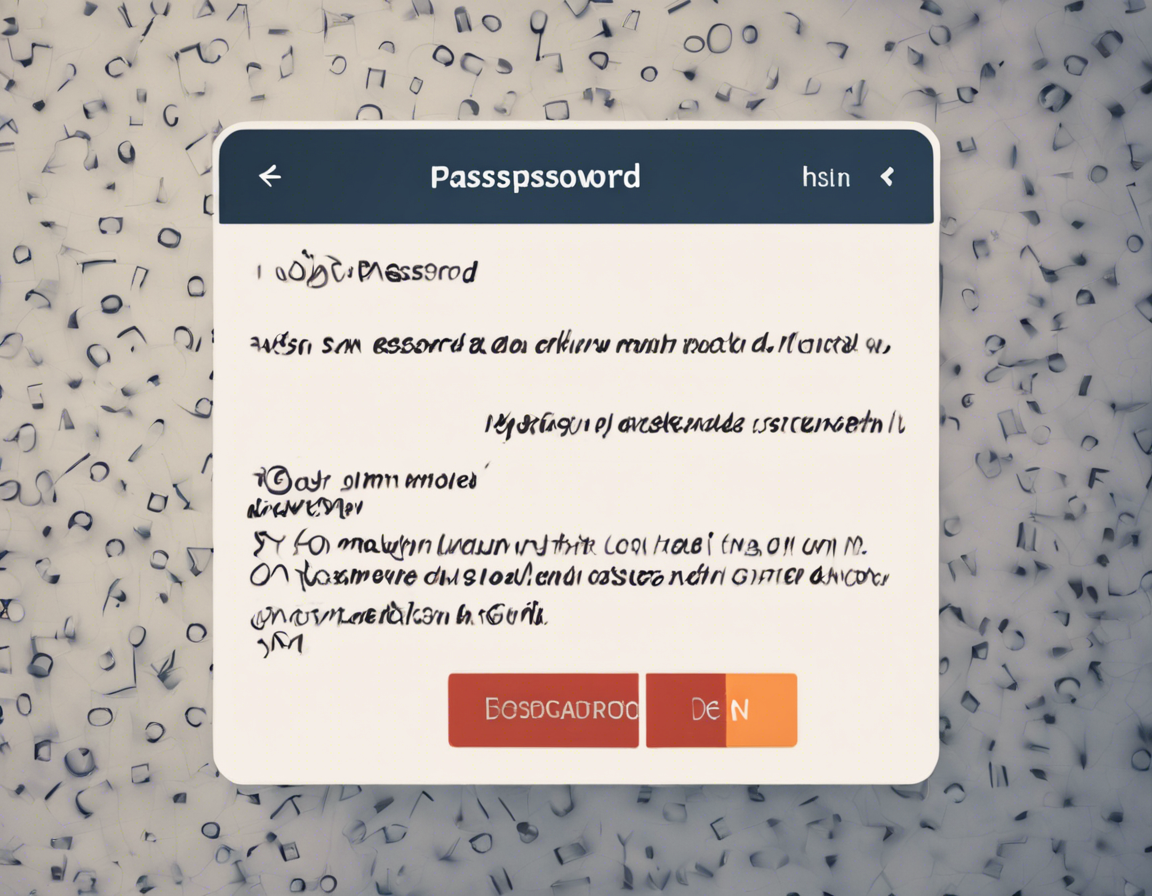In today’s interconnected digital world, cybersecurity is a top priority for individuals, businesses, and organizations. The recent surge in data breaches and password leaks serves as a stark reminder of the importance of strong password management practices. A single data leak can expose millions of users to potential cyber threats and compromise their sensitive information. In this article, we delve into the implications of a data leak that exposes password vulnerability and provide actionable insights on how to fortify your online security.
The Anatomy of a Data Leak
Data leaks occur when sensitive information is inadvertently exposed to unauthorized parties. This can happen due to various reasons, including security lapses, misconfigured databases, phishing attacks, or insider threats. When a data leak involves passwords, the ramifications can be severe. Passwords are the keys to our digital identities, granting access to confidential accounts, financial information, and personal data. Once exposed, passwords can be exploited by cybercriminals to perpetrate identity theft, financial fraud, or unauthorized access to accounts.
Password Vulnerability in Data Leaks
When passwords are leaked in a data breach, several vulnerabilities come to light. These vulnerabilities include:
Weak Passwords
Users often resort to weak passwords such as “123456” or “password” for the sake of convenience. When these passwords are leaked, it becomes effortless for hackers to crack them using automated tools. Weak passwords are a glaring security risk that can compromise an individual’s entire online presence.
Password Reuse
Many individuals reuse the same password across multiple accounts. If this password is exposed in a data leak, attackers can use it to gain unauthorized access to other accounts belonging to the same user. This practice magnifies the impact of a single password leak.
Lack of Two-Factor Authentication (2FA)
Two-factor authentication adds an extra layer of security by requiring a second form of verification, such as a code sent to a mobile device. In the absence of 2FA, leaked passwords can be used alone to compromise accounts. Enabling 2FA can mitigate the risks associated with password leaks.
Inadequate Password Management
Poor password management practices, such as storing passwords in plain text documents or using easily guessable information like birthdates, pose a significant threat. A data leak can expose these passwords, leaving users vulnerable to exploitation.
Mitigating Password Vulnerability
In light of the prevalent password vulnerabilities exposed by data leaks, it is crucial to adopt robust cybersecurity measures to safeguard your online accounts. Here are some recommended strategies to mitigate password vulnerability:
Use Strong, Unique Passwords
Create strong passwords comprising a combination of letters, numbers, and special characters. Avoid using predictable phrases or commonly used passwords. Consider using a password manager to generate and store complex passwords securely.
Enable Two-Factor Authentication (2FA)
Wherever possible, enable 2FA for your online accounts. This additional layer of security can prevent unauthorized access even if your password is compromised in a data leak.
Monitor Data Breaches
Stay informed about data breaches that may affect you. Utilize breach notification services to receive alerts if your email address or accounts are involved in a known data breach. Promptly change passwords for affected accounts.
Regularly Update Passwords
Frequently update your passwords to reduce the risk associated with prolonged use of the same credentials. Consider changing passwords at least every six months or immediately after a data breach affecting any of your accounts.
Educate Employees and Team Members
In a corporate setting, educate employees about the importance of strong password hygiene and cybersecurity best practices. Conduct regular training sessions to raise awareness about the risks of password leaks and how to mitigate them effectively.
Conduct Security Audits
Regularly audit your organization’s security protocols and conduct penetration testing to identify potential vulnerabilities. Address any weaknesses in password management practices and enhance security measures accordingly.
Frequently Asked Questions (FAQs) About Password Vulnerability in Data Leaks
-
What should I do if I suspect my password has been exposed in a data leak?
If you suspect that your password has been exposed, immediately change it for the affected account. Consider enabling 2FA for additional security. -
How can I check if my password has been compromised in a data breach?
You can use online services like Have I Been Pwned to check if your email address or passwords have been involved in any known data breaches. -
Is it safe to use password managers to store sensitive information?
Password managers employ robust encryption techniques to safeguard your passwords. Using a reputable password manager is generally considered safe and secure. -
Should I use different passwords for each online account?
Using unique passwords for each account reduces the impact of a potential data breach. It is recommended to avoid password reuse across multiple accounts. -
What are some common mistakes to avoid in password management?
Avoid using easily guessable passwords, sharing passwords with others, or storing passwords in easily accessible locations. Opt for strong, unique passwords and practice good password hygiene.
In conclusion, the exposure of passwords in data leaks underscores the critical need for proactive cybersecurity measures. By adopting strong password practices, enabling 2FA, staying informed about data breaches, and educating individuals about password vulnerability, you can enhance your online security posture and mitigate the risks posed by password leaks. Remember, a vigilant approach to password management is the cornerstone of robust cybersecurity in the digital age.
